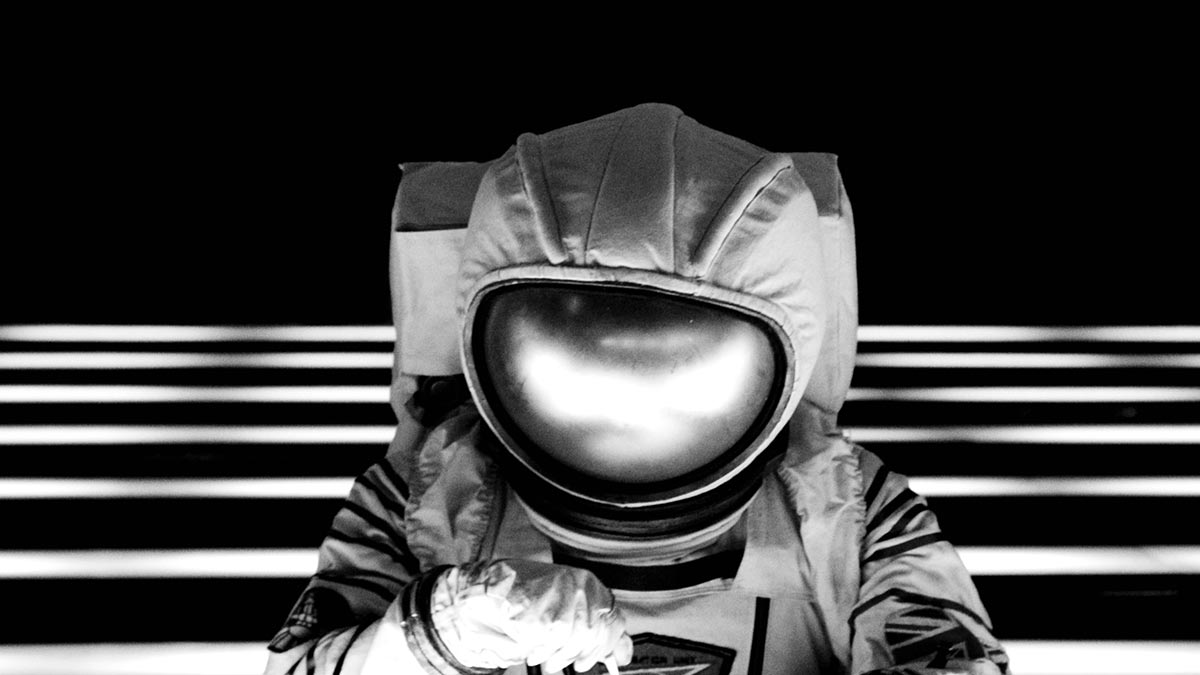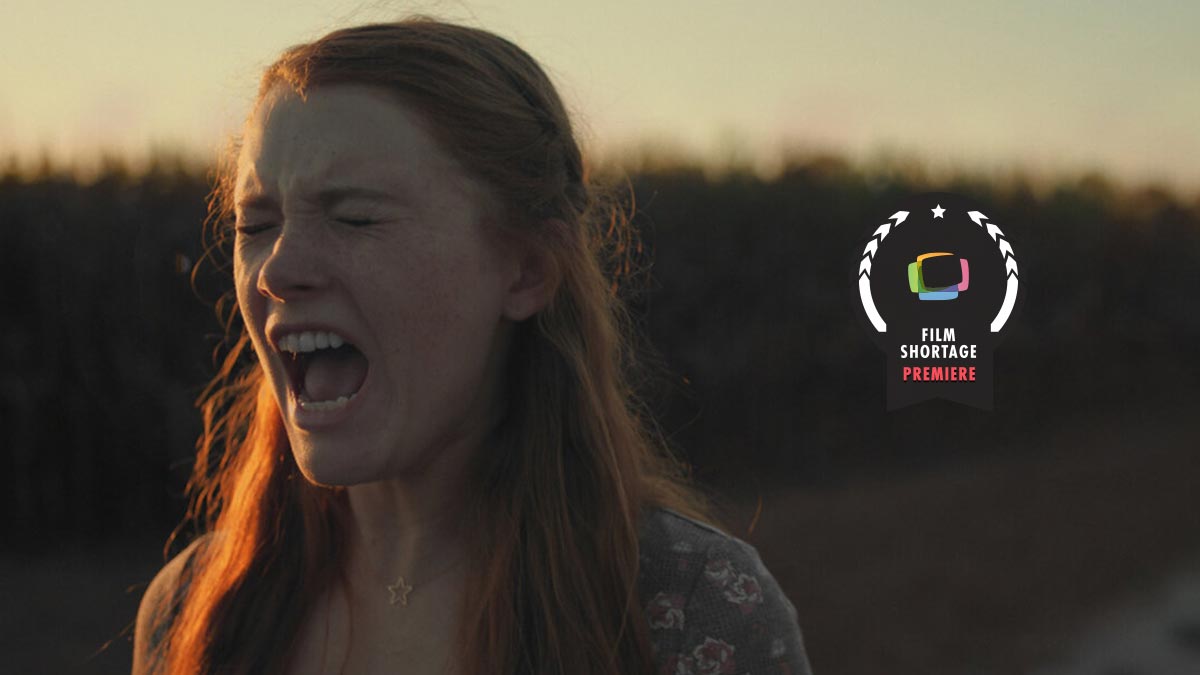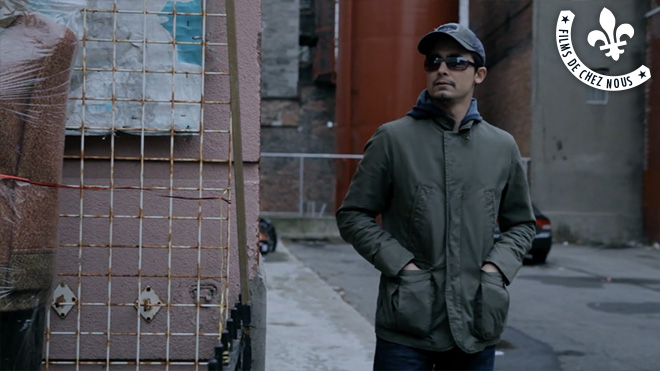Nadya Tolokonnikova, member of Pussy Riot, is sentenced to imprisonment at Penal Colony No.14. There, she encounters a corrupt power structure and decides to go on a hunger strike until the administration stops treating the prisoners like slaves.
We all remember the global stir caused by the Russian feminist punk rock band Pussy Riot back in 2012. After a couple of arrests, and eventual band member Nadya Tolokonnikova‘s hunger strike, director Manos Cizek started taking interest in the story. In March 2014, three months after Nadya was released from prison, Manos flew to Moscow. Had a meeting with her (and band members Masha Alyokhina and Peter Verzilov) in order to discuss about the screenplay. Maxim Pozdorovkin (director of the documentary ‘Pussy Riot: A Punk Prayer’) also offered many key insights on how to better structure the screenplay and tell the story in a compelling way.
Watch the trailer on Film Shortage
The film revolves around Nadya Tolokonnikova, member of the feminist punk rock band Pussy Riot. Sentenced to imprisonment in the Penal Colony No.14 in Mordovia, Russia. On her first day there, she encounters a corrupt power structure. The administration delegates a few prisoners to the role of depriving the rights of all the others. As a result the daily “prison menu” included savage beatings, hazing and torture. Moreover, the prisoners are forced to work seven days a week, 16 to 17 hours a day. Faced with this impasse, Nadya decides to go on a hunger strike. Something she will not give up until the administration respects the law and stops treating the prisoners like slaves.
Based on Nadya’s open letter
I began writing the screenplay of The Penal Colony right after Nadya’s hunger strike. She was being transferred by the Trans-Siberian to a new prison. And for a month nobody knew where she was.
The screenplay was based on Nadya’s open letter “Why I have gone on hunger strike” which was published by The Guardian on September 23, 2013.
Nadya was finally released on December of 2013 and the shooting of the film started a year later, during the Autumn of 2014, in Athens, Greece. Post-production was completed on September 2016, so the film was a total of three years in the making.
More than a hundred film professionals joined forces, from Greece, Russia, Bulgaria, Germany, Italy, England and the United States, in order to tell Nadya’s story and turn this concept into a reality. Our crowdfunding campaign was supported by the American filmmaker David Lynch.
What motivated and inspired us all was the fact that, even after Nadya and Masha were released, their struggle for prison justice went on, shedding light on the gross violations of human rights in prisons, not only in Russia, but also in the United States.
The micro-society of the prison reflects the society as a whole
Having witnessed my own country, Greece, being turned into a debt colony by the Troika (IMF, European Commission & European Central Bank), our human rights being severely violated and our workers’ rights being lost, I realized that only through international solidarity amongst workers, activists, intellectuals and artists, we stand any chance of social change.
Greece has the most corrupted and violent police in the European Union. I personally had been attacked and arrested for filming the police during the anti-austerity protests of 2011. Prison sentences and long term legal battles awaited hundreds of the peaceful protesters of those days. Under such conditions it is that I turned to political filmmaking as a tool of resistance.
The micro-society of the prison reflects the society as a whole (and that is where this film’s timelessness lies). But also, in particular, it reflects today’s undemocratic societies, focusing on themes whose importance becomes more and more universal:
- Special Economic Zones
- Human rights violations
- Colonies / neo-colonies
- Solidarity against state repression
- Harassment & bullying
- Workers’ rights
- Women’s rights
- Civil rights
A struggle that sparked an international solidarity movement
Nadya’s fight, as depicted in this film, is a fight for all of the above. It is a labor struggle, it is a political struggle, it is a struggle for democracy (she was imprisoned for peacefully protesting against Putin’s third re-election), it is a women’s struggle, a social struggle, it is a legal struggle, it is a struggle for prison reform, a struggle for equality, a struggle for justice, a struggle for freedom and a struggle for civil rights.
This struggle sparked an international solidarity movement and, on 2018, led the European Court of Human Rights to rule that Pussy Riot’s “exceptionally severe” sentencing was a violation of the women’s human rights and emphasized the lack of consideration given to the content and context of their performance.
The court ruled that Russia had violated five articles of the European Convention on Human Rights during their arrest and detention.
Furthermore, 5 years after Nadya’s hunger strike, when she had demanded to stop using slave labor in Penal Colony No. 14, the authorities finally admitted that slave labor has been used indeed and the head of the penal colony, Lieutenant colonel Kupriyanov, had to face prison himself.
From the Arab Spring to the Anti-austerity Movement in Europe and from Occupy Wall Street to Pussy Riot, a common creed for democracy and emancipation defined all these movements during the past decade. This short film is a manifestation of the transnational resonance that defined our generation’s struggle for freedom.




